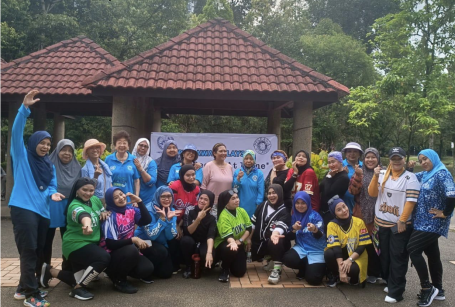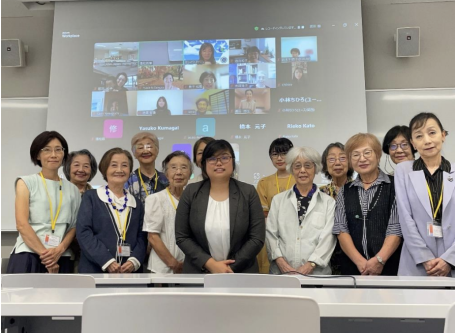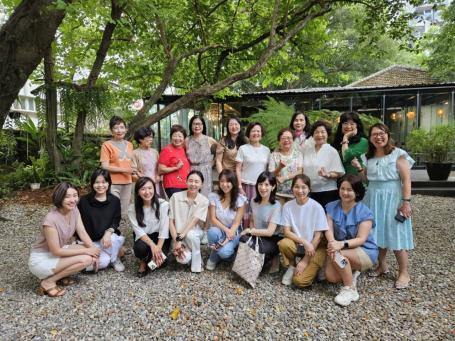


In a world that seems full of conflicts, we are taking time today to reflect on this year’s theme for the International Day of Peace, “Cultivating a Culture of Peace.”
It also is the 25th anniversary of the United Nations General Assembly’s adoption of the Declaration and Programme of Action on a Culture of Peace. As defined by the United Nations, the Culture of Peace is a set of values, attitudes, modes of behavior and ways of life that reject violence and prevent conflicts by tackling their root causes.
For peace and non-violence to prevail, we need to action on 8 areas to develop peace:
- Foster a culture of peace through education
- Promote sustainable economic and social development
- Promote respect for all human rights
- Ensure equality between women and men
- Foster democratic participation
- Advance understanding, tolerance and solidarity
- Support the free flow of information and knowledge
- Promote international peace and security
In other words, Peace is the presence of conditions that foster wellbeing, cooperation, and just relationships. We need to cultivate self-respect, respect for the dignity of others, respect for life, and show willingness to take social responsibility for present and future generations.
So, how do we cultivate peace? The theme this year looks at EDUCATION as the principal means to build a culture of peace. Ideas of peace need to be cultivated in the minds of children and communities through formal and informal education, across countries and generations.
We can look to a holistic framework for Peace Education developed by Professor Swee-Hin Toh, the recipient of the UNESCO Prize for Peace Education in 2000 (b. Malaysia, educated in Australia and USA). He conceived of pathways to peace through the metaphor of a flower with six petals. At its heart/center is peace education. The six petals address the root causes of conflict along one’s pathway:
1. Dismantling the culture of war
2. Living with justice and compassion
3. Promoting human rights
4. Building cultural respect, reconciliation, and solidarity
5. Cultivating inner pace
6. Living in harmony with the earth
Eleanor Roosevelt, the first chairperson for the Human Rights Council at the UN, said: “It isn’t enough to talk about peace. One must believe in it. And it isn’t enough to believe in it. One must work at it.”
